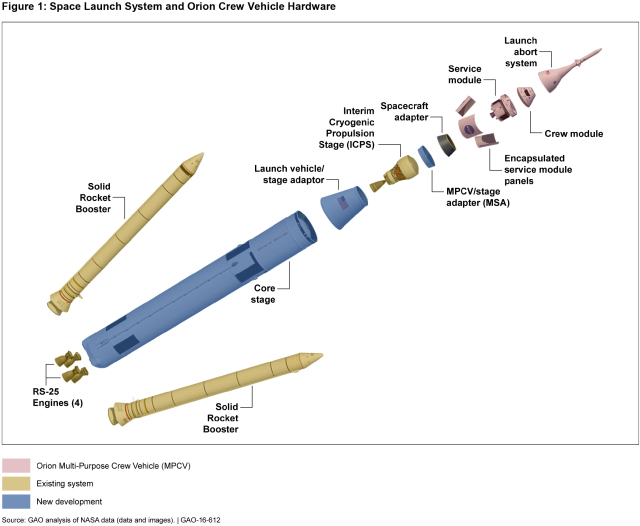Where No Auditor Has Gone Before
And if NASA decides to go to Mars and beyond, it will need to develop the hardware necessary to explore these strange new worlds.
 (Excerpted from GAO-16-612)
(Excerpted from GAO-16-612)
The commercial spaceflight industry is preparing for lift off. Blue Origin has successfully launched a vehicle that could take people to space and several hundred people have already placed deposits for rides on Virgin Galactic’s SpaceShipTwo.
While not yet under the United Federation of Planets, these companies must adhere to the rulings of the Federal Aviation Administration, which is currently responsible for overseeing the safety of commercial space launches, including space tourism.
But without shields, blasters, and other Trek-worthy inventions, how will FAA keep the public safe? FAA will need to issue launch licenses and conduct safety inspections at new and proposed launch sites across the country.
 (Excerpted from GAO-15-706)
(Excerpted from GAO-15-706)
- Questions on the content of this post? Contact Chuck Young at youngc1@gao.gov.
- Comments on GAO’s WatchBlog? Contact blog@gao.gov.

GAO's mission is to provide Congress with fact-based, nonpartisan information that can help improve federal government performance and ensure accountability for the benefit of the American people. GAO launched its WatchBlog in January, 2014, as part of its continuing effort to reach its audiences—Congress and the American people—where they are currently looking for information.
The blog format allows GAO to provide a little more context about its work than it can offer on its other social media platforms. Posts will tie GAO work to current events and the news; show how GAO’s work is affecting agencies or legislation; highlight reports, testimonies, and issue areas where GAO does work; and provide information about GAO itself, among other things.
Please send any feedback on GAO's WatchBlog to blog@gao.gov.
